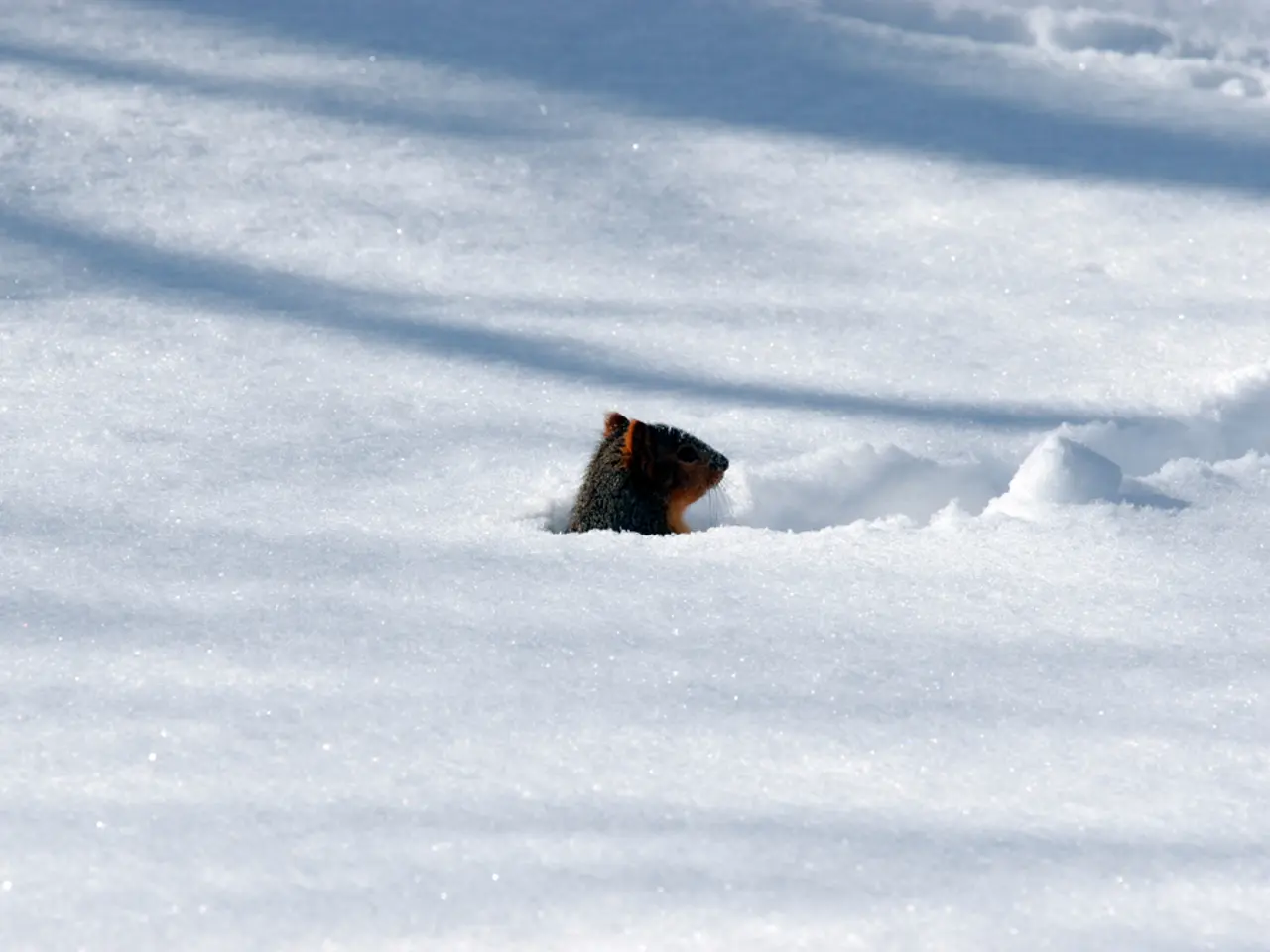Test Drive Rescue Squad: Unutilized Ambulance Operated by Toyota
Blue Lines on Snowbanks Improve Safety at Shibetsu Proving Ground
At the Shibetsu Proving Ground in Japan, a unique safety measure has been implemented during winter testing – the painting of blue lines on snowbanks along the test tracks. These lines, visible both day and night, have proven effective in reducing accidents and improving the overall safety of the testing environment.
The Origin of the Blue Lines
The idea for the blue lines was inspired by a similar experiment conducted by the Japan Highway Public Corporation. Toki, a former test driver who transferred to course management, took on the challenge of finding a solution for the problem of frozen snow poles. After much experimentation, he successfully developed a method for painting the blue lines using a converted mini truck.
Painting the Blue Lines
The lines are painted onto the snowbanks by maintenance crews using equipment designed for cold environments. The special blue dye used is resistant to fading or washing away, ensuring that the lines remain visible even in snow, slush, or exposure to salt and cold temperatures.
The Benefits of Blue Lines
- Improved Visibility: The blue lines provide clear, consistent visual markers that help drivers maintain proper lane positioning on icy or snow-covered tracks where usual road markings are obscured or non-existent.
- Enhanced Spatial Awareness: In snowy conditions with limited contrast, the blue color provides a contrasting guide that helps drivers judge the edges of the driving surface and the curvature of the track more accurately.
- Accident Prevention: By clearly delineating the track boundaries, the blue lines reduce the risk of vehicles accidentally sliding off the course or into snowbanks, which could lead to damage or injury.
- Consistent Testing Conditions: These visible cues ensure that vehicle maneuvers, braking tests, and handling assessments are performed under controlled, repeatable conditions, allowing engineers to gather reliable safety data.
Safety Measures in Place
The Shibetsu Proving Ground is well-equipped to handle emergencies. A nurse is permanently stationed on site, and six members of the course management team are trained in first aid. Emergency vehicles, including an ambulance and a rescue truck, are on standby, and the team regularly trains in handling specialized equipment for emergency situations. Shinji Kataoka, a member of the Vehicle Engineering Development Division's Shibetsu Vehicle Testing Section, supervises the courses and is responsible for emergency response. Kataoka has received training in cardiac massage, mouth-to-mouth resuscitation, and treating injuries.
With these safety measures in place, the Shibetsu Proving Ground continues to be a key facility for making cars, where creative ideas for safe testing are constantly being developed and implemented. The blue lines on snowbanks are just one example of the innovative solutions being used to ensure the safety of drivers and vehicles during winter testing.
- The innovative approach, inspired by the Japan Highway Public Corporation's experiment, has been implemented in the automotive industry, utilizing blue lines on snowbanks in the transportation sector to improve visibility during winter testing, enhancing safety in the finance-backed technology industry.
- Beyond the significant impact on vehicle safety, the blue lines on snowbanks in the Shibetsu Proving Ground also contribute to maintaining consistent testing conditions in the technology-driven automotive industry, leading to reliable safety data collection in the finance-supported testing environment.




